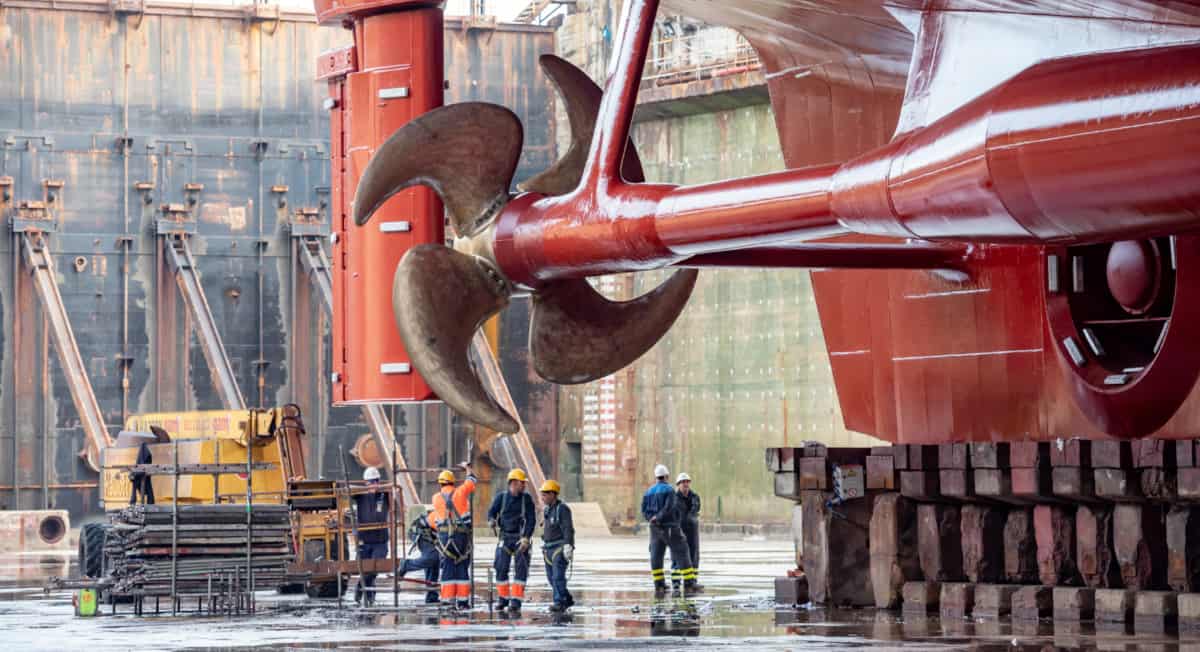-
-
Ajman Free Zone C1 Building, Ajman, United Urab Emirates



- wissenntechnology.ae
- Products
- Uncategorized
- Marine Population System
Shop
Marine Population System
Key components of a marine population system include:
- Species Diversity: The variety of marine species, including fish, invertebrates, mammals, and plants, that interact within the ecosystem.
- Population Dynamics: The study of how populations of marine organisms change over time due to factors like reproduction, mortality, migration, and environmental changes.
- Habitat: The specific environments where marine species live, such as coral reefs, kelp forests, and deep-sea areas, which influence their population and health.
- Interactions: Relationships between species, including predator-prey dynamics, competition, and symbiosis, which affect population sizes and ecosystem balance.
- Human Impact: The effects of activities such as fishing, pollution, and climate change on marine populations and ecosystems.
Description
A marine population system refers to the ecological and biological aspects of populations of marine organisms within an ocean or sea environment. It encompasses the study of various species, their interactions, and their distribution patterns within marine ecosystems.

Reviews
There are no reviews yet.